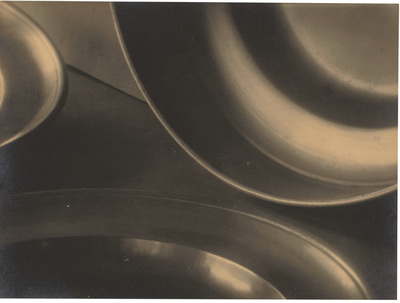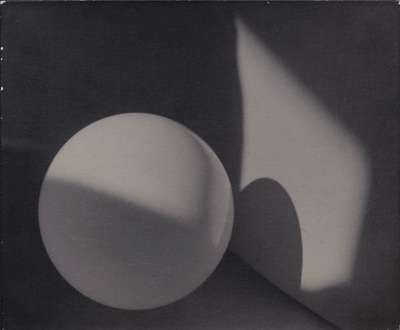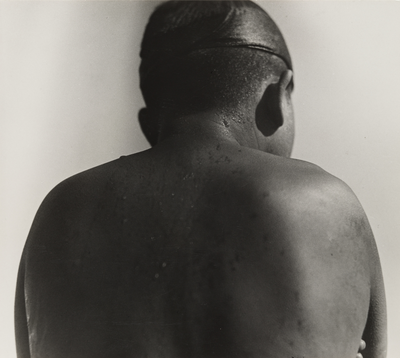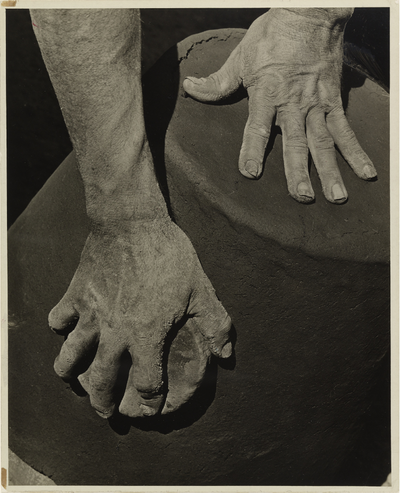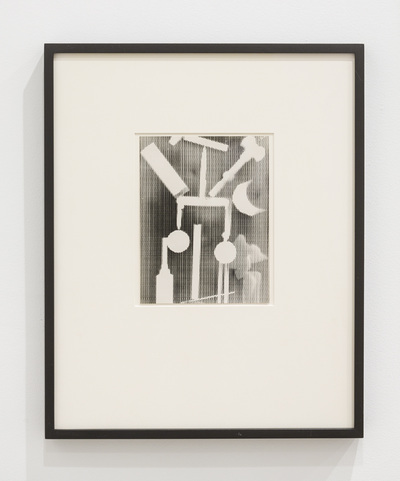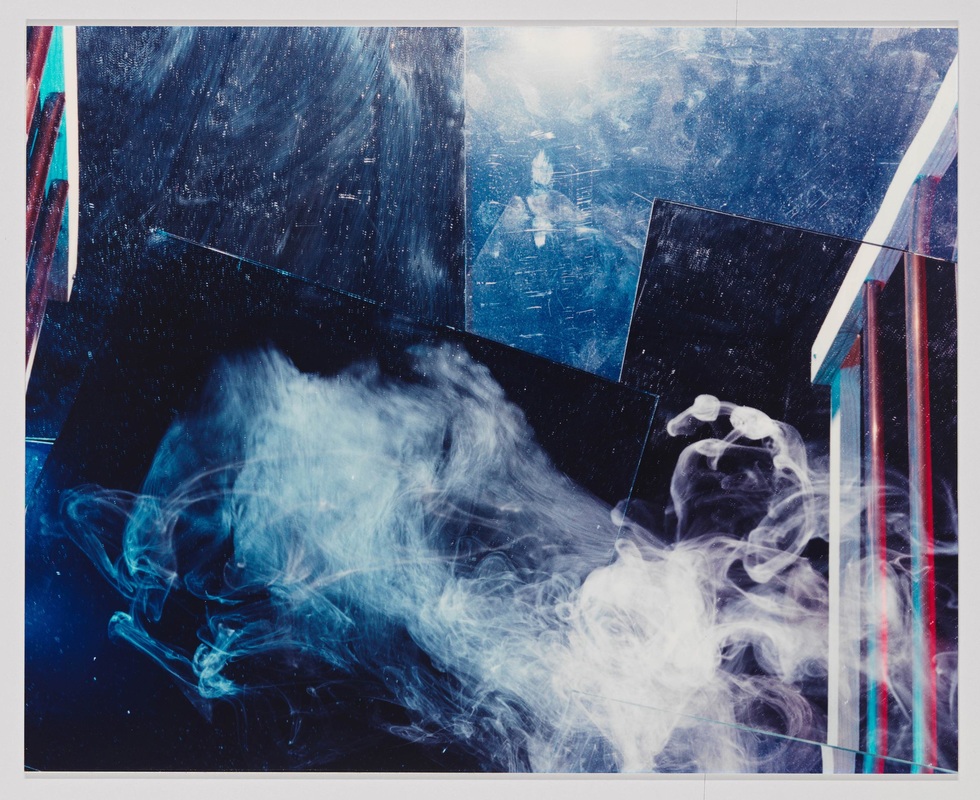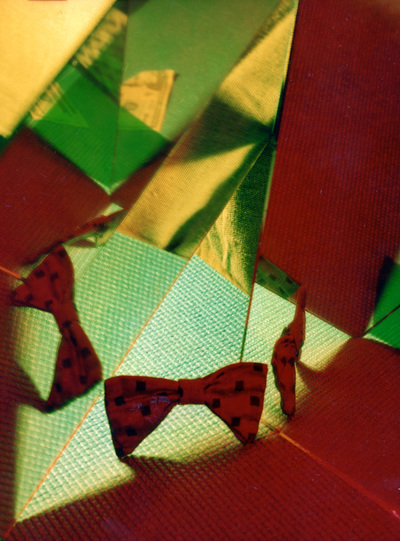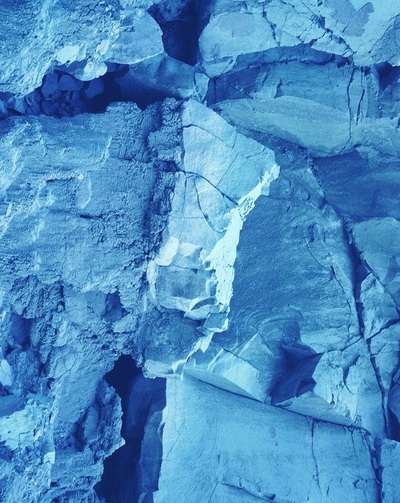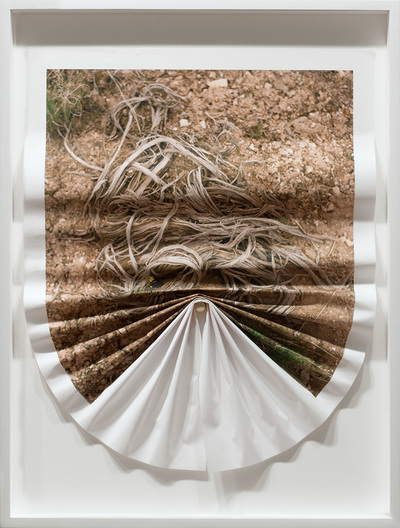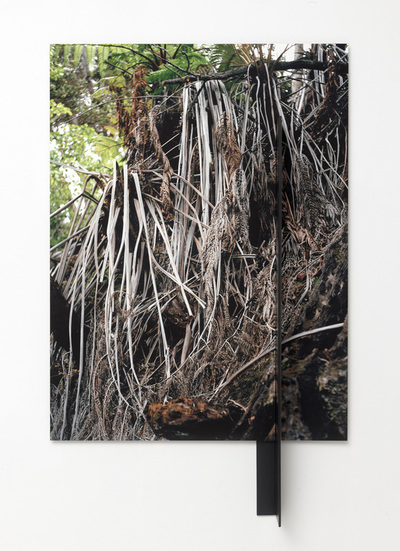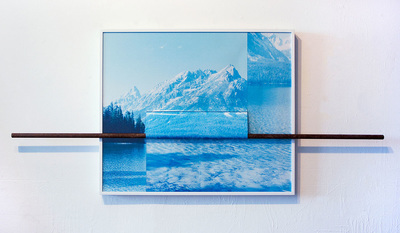Post 16 lesson plan:
Modernist and contemporary photographic responses to things and their surfaces, including the photograph itself.
- Say it, no ideas but in things - |
William Carlos Williams' famous phrase "no ideas but in things" reflects a major concern of modern art - poetry and photography in particular - that the job of an artist is to show us the thingness of things, directly, honestly and without dressing them up with unnecessary symbolism. This project is designed to get you to think about the relationship between photography and the surface in two senses:
|
Photography is extraordinarily sensitive to the surface of things, the way light, captured and frozen in time, reveals the texture of reality. Ideas about the essence of photography were hotly contested in the decades following the First World War. Laszlo Moholy-Nagy's thoughts about photography making "visible existences which cannot be perceived or taken in by our optical instrument, the eye", later referred to by Walter Benjamin as the "optical unconscious", were developed at the same time as other photographers and writers asserted the power of the camera to document visible reality. As photographers began to probe beneath or behind the outer layer of visible reality, so others exploited the extraordinary ability of the camera to capture the surfaces of things in all their beauty and specificity:
The camera should be used for a recording of life, for rendering the very substance and quintessence of the thing itself, whether it be polished steel or palpitating flesh.
-- Edward Weston, 1924
|
In 1935, Jaromir Funke (collaboration with Ladislav Sutnar) published a book entitled 'Fotografie vidí povrch' (Photography sees the surface). It contained works by Funke and his students. Funke created one of the few Czechoslovak books of photographs related to Neue Sachlichkeit (The New Objectivity). It was published as the first and only volume of a planned series of eight called 'Fotografovaný svět' (The photographed world).
The images in the book included 'A brocade damaged by age and decomposition; Cross-sections of Wood; Underside of a south-Brazilian butterfly; A sheet of postage stamps; Glass as a transparent illuminated surface; Human skin; Metal richly articulated through treatment and lighting, retaining traces of modelling by the sculptor's hand; Calendar from a Breviary; Details of a painting by Albrecht Dürer; Limestone quarry; A plant's structure; The surface of a river." The examples [...] are meant to educate us in the ways photography determines the kind and appearances of a wide range of materials. [They] describe roughness, smoothness, brilliance, the effects of moisture and dryness... |
The book is an instructional volume and its images highlight the particular ability of the camera to capture the details of an object’s surface. Photographs are accompanied by short descriptive texts and notes on the filters, lenses, focal lengths, aperture settings, and exposure times used to make each photograph.
Jaromir Funke
Funke's photographs represent a wide range of subjects and styles. This selection, however, demonstrates his interest in using the camera to reveal textures, shapes, forms and the play of light on various materials, both man-made and organic.
Photographers of the surface (1920s & 30s)
Here is another small selection of images by photographers who were interested in exploring material reality in their work:
Check out the brilliant online exhibition of photographs from The Thomas Walther Collection, courtesy of The Museum of Modern Art in New York which contains a wide range of examples of modernist photography from the 1920s and 30s:
In 2015, Higher Pictures gallery in New York staged a new show directly inspired by Funke and Sutnar's book:
Photography Sees the Surface - a contemporary response
Here's an extract from the press release for the exhibition:
"In the spirit of Funke’s project, which was equal parts New Objectivity description and modernist abstraction, and expressly pedagogical, [the exhibition] presents an idiosyncratic selection of work by over 20 contemporary photographers who are also teachers (several are her own former professors and students,) as well as historic material, including a 19th century heliogravure of the moon’s surface, and a photogram from a Man Ray teaching portfolio. The works on view weave together investigations of photography’s ability to isolate detail, abstract form, and obscure and defamiliarize vision, with conceptual and physical references to pedagogy. Visual resonances play out between and across works: surfaces are variably abraded, shrouded, excised, and broken through; certain themes—outer space, mediated landscapes, unfaithful portraiture, questions of serendipity and orchestration in composing a picture, and direct image transfers (in the form of rubbings and photograms)—recur. Direct and more enigmatic depictions of the ‘surface’ of things simultaneously evoke and challenge the notion that vision, and perhaps doubly so, depiction, are by their very natures superficial."
Artists: Ben Alper, Molly Brandt, Ellen Carey, Lynne Cohen, Linda Connor, AnnieLaurie Erickson, Ben Fain, Jackie Furtado, Nick George, Ann Hamilton, Peter Happel Christian, Whitney Hubbs, Lowey & Puiseux, Jessica Mallios, Man Ray, Casey McGonagle, Eileen Mueller, John Opera, Gina Osterloh, Justin James Reed, Meghann Riepenhoff, Melanie Schiff, Adam Schreiber, Frederick Sommer, Sonja Thomsen, Minor White, Jeff Whetstone, and Anonymous.
"In the spirit of Funke’s project, which was equal parts New Objectivity description and modernist abstraction, and expressly pedagogical, [the exhibition] presents an idiosyncratic selection of work by over 20 contemporary photographers who are also teachers (several are her own former professors and students,) as well as historic material, including a 19th century heliogravure of the moon’s surface, and a photogram from a Man Ray teaching portfolio. The works on view weave together investigations of photography’s ability to isolate detail, abstract form, and obscure and defamiliarize vision, with conceptual and physical references to pedagogy. Visual resonances play out between and across works: surfaces are variably abraded, shrouded, excised, and broken through; certain themes—outer space, mediated landscapes, unfaithful portraiture, questions of serendipity and orchestration in composing a picture, and direct image transfers (in the form of rubbings and photograms)—recur. Direct and more enigmatic depictions of the ‘surface’ of things simultaneously evoke and challenge the notion that vision, and perhaps doubly so, depiction, are by their very natures superficial."
Artists: Ben Alper, Molly Brandt, Ellen Carey, Lynne Cohen, Linda Connor, AnnieLaurie Erickson, Ben Fain, Jackie Furtado, Nick George, Ann Hamilton, Peter Happel Christian, Whitney Hubbs, Lowey & Puiseux, Jessica Mallios, Man Ray, Casey McGonagle, Eileen Mueller, John Opera, Gina Osterloh, Justin James Reed, Meghann Riepenhoff, Melanie Schiff, Adam Schreiber, Frederick Sommer, Sonja Thomsen, Minor White, Jeff Whetstone, and Anonymous.
Some other contemporary photographers/artists:
Digital photography has ushered in new concerns about the relationship between the photograph and reality. Some artists and photographers have embraced digital equipment and its affordances, whereas others continue to rely on conventional film processes whilst still questioning 'straight' photography and the relationship between motif, image and the materiality of the photographic print. For some practitioners, the surface that most interests them is that of the photograph itself.
Owen Kydd:
Owen Kydd’s “durational photographs” are in fact barely moving videos. Working in his studio, he composes still lives as static images, and after he records them their temporality is revealed only in subtle disruptions: a breeze catching gauzy materials, passing light etc.
Owen Kydd’s “durational photographs” are in fact barely moving videos. Working in his studio, he composes still lives as static images, and after he records them their temporality is revealed only in subtle disruptions: a breeze catching gauzy materials, passing light etc.
|
Eileen Quinlan:
"Her trials with materials, and her use of the camera and mirrors—both traditionally considered vehicles of representation—to create abstractions underline her interest in the act of looking, rather than in idolizing her outcomes. Quinlan creates her kaleidoscopic images by using a physical setup that she then shoots with a medium-or large-format camera. The materials featured—smoke, paper towels, reflective surfaces including Mylar—are all combined and recombined throughout the works. Shards of mirrors ricochet textures and beautifully saturated color between the fractured surfaces of the installations; the resultant images are labyrinthine frames of folded perspective that bear more in common with nonobjective painting than photography. Quinlan isn’t precious with her process; the surface of the film is often degraded and scratched, as in Smoke and Mirrors #205, and the images’ aspect ratio is often blown beyond the original proportion to yield grainy images. The way the artist plays with the elements commonly used to judge the quality of a representational photograph allows us to see the technical process as the end, not merely the means." From an exhibition review in Time Out, 2007 |
David Benjamin Sherry:
"I shoot 4 x 5 film and print in a colour darkroom in New York. This is the case for all of my work. The photographs are all analogue – there's no digital manipulation and no computer used. I'm interested in these final days of film photography, and the areas still uncharted within the medium." Sherry's images of natural forms - rocks, trees and water - are often epic in scale and yet, despite the un-naturalistic colours that bathe his subjects, there is a close attention paid to the surface reality of the world.
"I shoot 4 x 5 film and print in a colour darkroom in New York. This is the case for all of my work. The photographs are all analogue – there's no digital manipulation and no computer used. I'm interested in these final days of film photography, and the areas still uncharted within the medium." Sherry's images of natural forms - rocks, trees and water - are often epic in scale and yet, despite the un-naturalistic colours that bathe his subjects, there is a close attention paid to the surface reality of the world.
|
Letha Wilson:
"Wilson has described herself as an amateur photographer, and on their own, the pictures are indeed nothing special: vistas of mountains and deserts, indistinguishable from vacation photographs taken at any time over the last century, appear alongside inscrutable close-ups of rocks, shrubs and trees. These nondescript outdoor shots are then subjected to various physical processes, including being pleated, cut, bisected by two-by-fours or partially obscured by flows of cement. Through such interventions, Wilson creates abstract approximations of each landscape's most immediate visual and sensory effects." From a review in Art in America, 2013 |
Some suggestions:
- Research the work of one or two photographers from the 1920s and 30s who explored the way photography could be used to describe material reality - the surfaces of various objects both natural and man-made.
- Attempt to understand the various strategies used by these photographers - point of view, camera angles, composition, proximity to the subject, manipulation of light etc. - by making similar images of your own. Evaluate your images based on the conscious decisions you made in order to create them. How faithfully have you been able to capture the particular qualities of the surfaces you have photographed?
- Make a list of different types of surface, material or object. For example: rough stone, well trodden earth, a mirror, the back of a hand, a dog's coat, cracked concrete, a wooden door ...etc. Once you have completed your list (aim for at least 20 items), set about collecting photographs of these various surfaces. Consider how best to capture the qualities of each material.
- Print some of these images. Experiment with altering the surface of the prints. Use a list of verbs to help you: scratch, fold, bend, curl, crush, stitch, roll, insert, tear, combine etc. Consider using a support for your images by fixing them to a variety of other materials e.g. wood, metal, perspex, glass, tinfoil etc. What happens?


